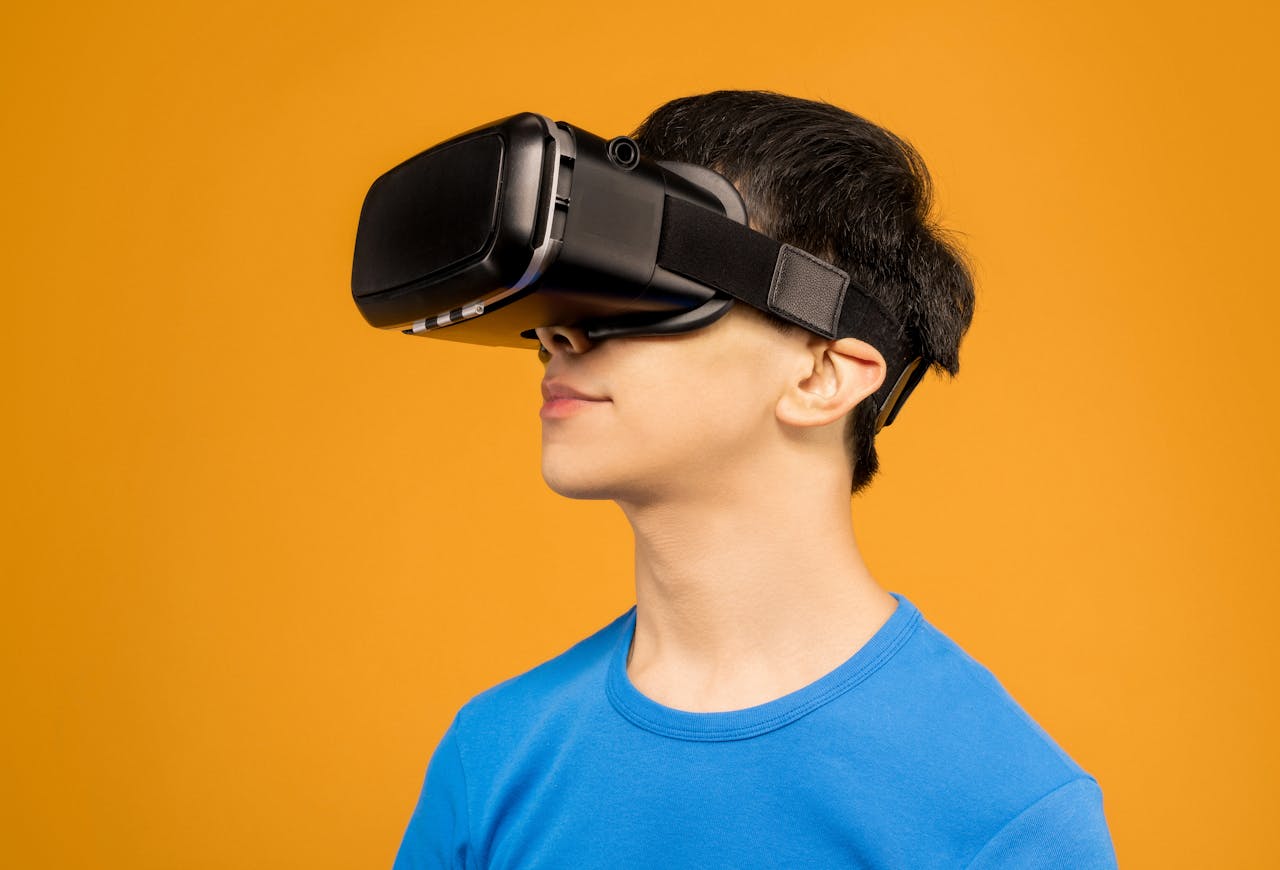Designing for AR and VR: The Future of Immersive UX

As technology continues to advance, we're seeing a shift in the way we interact with digital products. Augmented Reality (AR) and Virtual Reality (VR) are changing the game, offering immersive experiences that blur the lines between the physical and digital worlds. As UX professionals, it's our responsibility to design experiences that are not only user-friendly but also push the boundaries of what's possible. In this article, we'll explore the world of AR and VR, and discuss the principles and best practices for designing immersive UX.
The Difference Between AR and VR
Before we dive into designing for AR and VR, it's important to understand the difference between the two. AR overlays digital information onto the physical world, using a device's camera and display. VR, on the other hand, creates a completely artificial environment, shutting out the physical world and immersing the user in a digital landscape.
Designing for AR
Designing for AR requires a deep understanding of the user's physical environment. Here are some key principles to keep in mind:
- Context is King: Understand the user's surroundings and tailor the experience accordingly.
- Minimalism is Key: Avoid cluttering the user's field of vision with too much information.
- Interaction is Everything: Design intuitive interactions that take advantage of the user's physical environment.
Designing for VR
Designing for VR is all about creating an immersive experience that transports the user to a new world. Here are some key principles to keep in mind:
- Immerse the User: Create an environment that's visually stunning and engaging.
- Navigation is Crucial: Design intuitive navigation systems that make it easy for users to move around.
- Comfort is Key: Consider the user's physical comfort and avoid experiences that may cause motion sickness.
Best Practices for AR and VR Design
Whether you're designing for AR or VR, here are some best practices to keep in mind:
- Test and Iterate: Test your design with real users and iterate based on feedback.
- Collaborate with Developers: Work closely with developers to ensure your design is technically feasible.
- Consider Accessibility: Design experiences that are accessible to users with disabilities.
The Future of Immersive UX
As AR and VR technology continues to evolve, we can expect to see even more innovative applications of immersive UX. From education to healthcare, entertainment to marketing, the possibilities are endless.
In Summary
Designing for AR and VR requires a unique set of skills and principles. By understanding the differences between AR and VR, and following best practices for design, we can create immersive experiences that transport users to new worlds and enhance their lives. As UX professionals, let's embrace this new frontier and push the boundaries of what's possible.
Additional Resources
For those who want to dive deeper into the world of AR and VR, here are some additional resources
Books:
Online Courses:
We will create a future where technology and design come together to create experiences that are truly out of this world.
